We Bought a Hyundai Palisade: See How Much We Paid

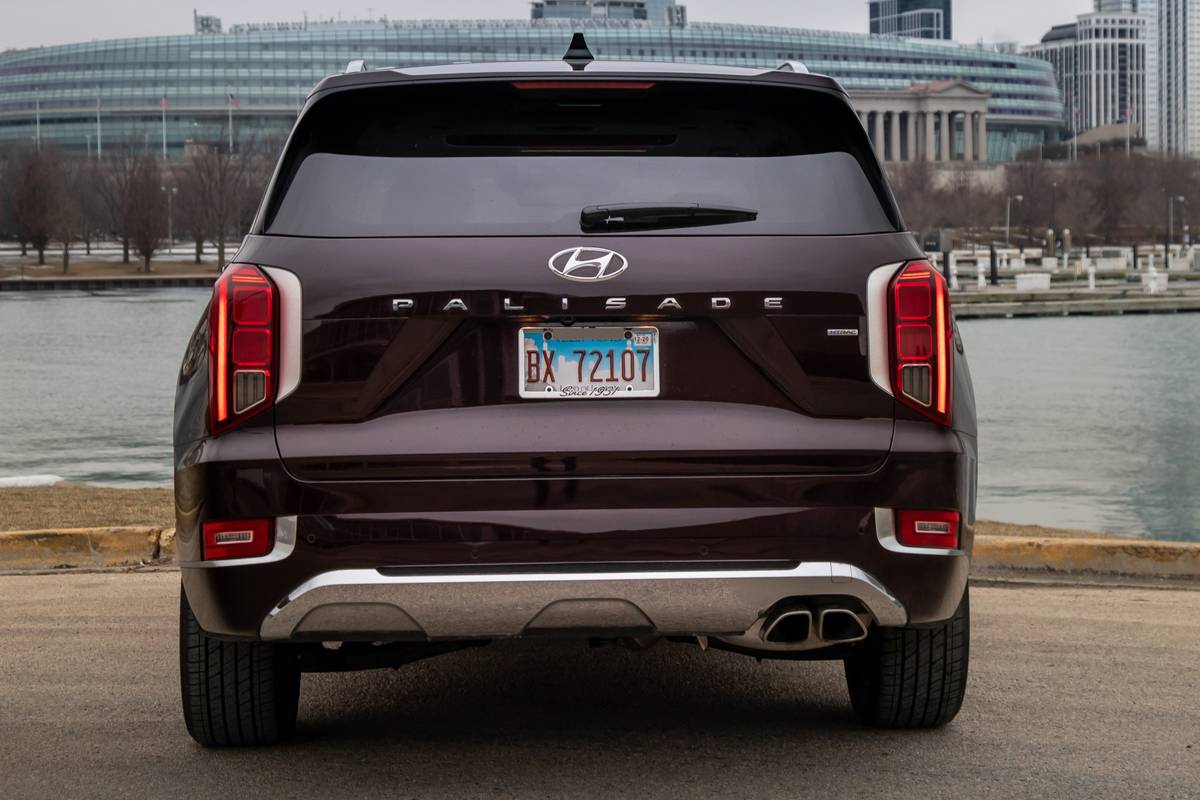


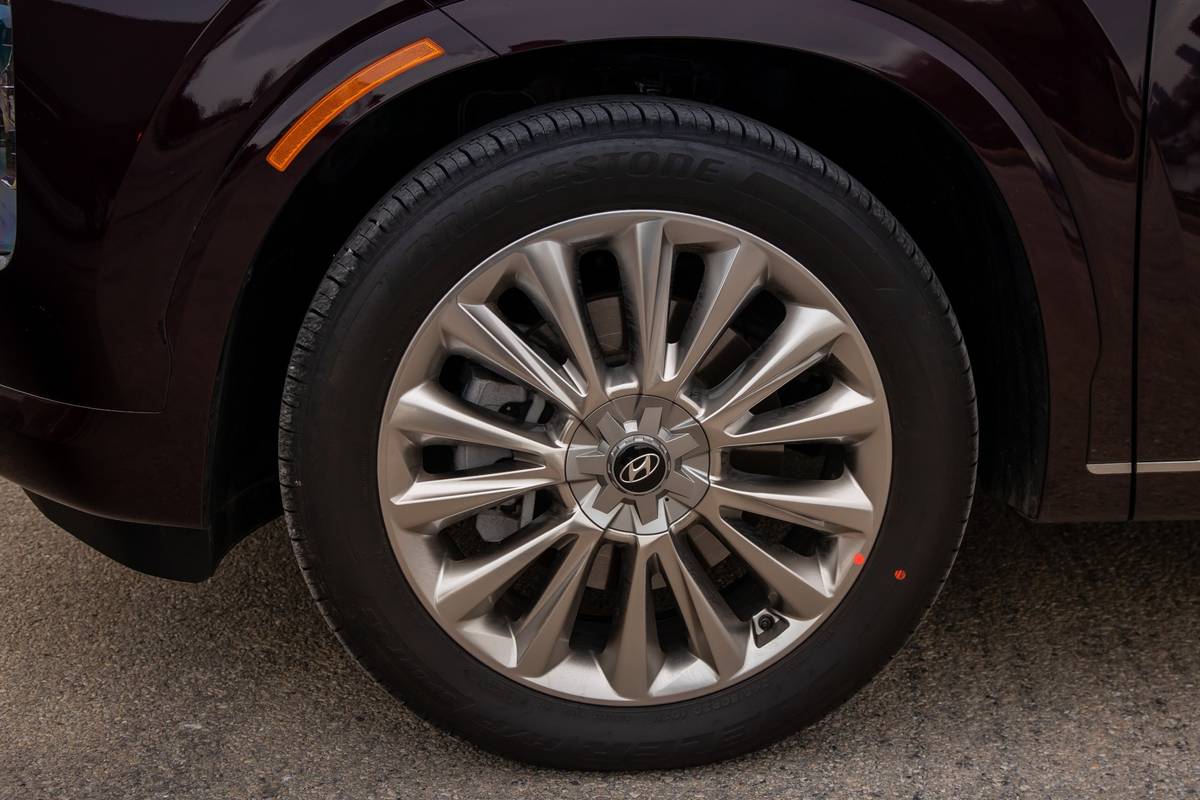
















After the 2020 Hyundai Palisade bested six rivals in Cars.com’s 2020 3-Row SUV Challenge, Hyundai’s new family hauler went on to win our highest award of the year: Best of 2020. As we’ve done since 2013, we set out soon afterward to purchase an example to own for a year.
Related: Why the 2020 Hyundai Palisade Is Cars.com’s Best of 2020 Vehicle
- ${price_badge()}
- ${ami_badge()}
- ${battery_badge()}${ev_report_link()}
- ${hot_car_badge()}
- ${award_badge()}
- ${cpo_badge()}
${price_badge_description}
${ami_badge_description}
The EV Battery Rating is based on this vehicle's current expected range relative to the vehicles expected range when new. ${battery_badge_text}
Certified cars are manufacturer warrantied and typically go through a rigorous multi-point inspection.
This car is likely to sell soon based on the price, features, and condition.
${award_blurb}
${award_two_blurb}
Shop the 2020 Hyundai Palisade near you


The Palisade comes in three trim levels: SE, SEL and Limited. Hyundai offers plenty of options on the SEL, but the SE and Limited are essentially single-spec vehicles with all-wheel drive as the sole factory option. The Limited is loaded with leather upholstery, a panoramic moonroof, power front seats with heating and cooling in the first and second rows, lane-centering steering with adaptive cruise control, and Apple CarPlay and Android Auto on a 10.25-inch touchscreen. An AWD Limited rings up to $47,495 (all prices include a $1,095 destination charge) before dealer accessories. That’s a strong value, given several rivals can spiral into the $50,000s or $60,000s. We opted for that, as it would stack up best in any comparison tests against rotating press cars — typically a highly optioned group.
Hyundai didn’t offer any local purchase incentives on the Palisade, but Cars.com dealers had 158 examples within 40 miles of Cars.com’s downtown Chicago offices when we began our search in December 2019. Isolating a Limited trim with AWD narrowed the pool to 37 cars, all priced within $540 of each other.
We knew we’d have to move fast, as the Palisade averaged just 18 days to sell on Cars.com throughout most of November across the country. That’s well below the 37-day average for model-year 2020 vehicles. Shopping anonymously with personal email addresses, we got to work.
Taking a Bath
In tandem with the Palisade purchase, we planned to dispatch last year’s long-term vehicle, a 2019 Genesis G70 3.3T Prestige with all-wheel drive and about 16,000 miles on the odometer. Trading in the G70 made the most financial sense, as vehicle purchases ’round here incur sales tax only on the difference between the negotiated vehicle price and any trade-in value. Given Chicago’s effective tax rate on new cars is a steep 9.5%, such a policy yields big savings — and not a moment too soon: Just days after our pre-Christmas purchase, Illinois implemented a cap on sales-tax savings for trade-ins.
As we did last year, we began with a trade-in baseline by visiting a local CarMax dealership for an appraisal. CarMax offered just $33,000 for the G70, or 64.4% of its original list price of $51,225 (all prices include destination). That’s the exact same amount as CarMax offered the year prior on our 2018 Volkswagen Atlas, also a year used at the time, but that represented 74.8% of the SUV’s original price ($44,135).
We’re still cleaning soap from our ears. This was a bath.
Two Dealers Down
The same day we visited CarMax, we sent leads through Cars.com to four area dealerships with Palisade examples we wanted. All four responded immediately, but a representative from one showroom said it had just offloaded the specimen we inquired about. Representatives from the other three said their cars were in stock, and we set up appointments to test-drive the whole lot.
With CarMax’s written offer in hand, we arrived at the first dealer, a Hyundai store in Chicago’s south suburbs. It turned out that our prospective example, a Palisade Limited AWD listed at $47,655, had 2,600 miles on the odometer — the result, our salesman claimed, of three weeks’ commuting by the dealership’s general sales manager.
Including taxes and fees, this Palisade would come out to around $52,600 out the door. If the dealer could match CarMax’s offer on the G70, the tax savings would land us around $16,500 in remaining cash owed. But given its mileage, we figured we could negotiate far more.
It turned out we couldn’t. The salesman’s initial offer was $21,745 after the trade-in, including a $2,995 protection package on the Palisade. Backing out of the package and its attendant sales tax would get us down to about $18,500. Given the mileage, we countered on those terms at $13,000. Our salesman returned with $17,000 and said that was the best he could do.
We deemed our numbers too far apart to merit further negotiation, and we later suspected some of the distance came because this dealership didn’t sell Genesis, Hyundai’s young luxury brand that’s still peddled almost entirely by the mothership’s dealers. A Hyundai dealer with Genesis, by contrast, could sell us the Palisade and turn the G70 into a certified pre-owned vehicle. It stood to reason that such dealers might offer better deals, which would come courtesy of higher trade-in allowances, something our next two stops — both at Hyundai dealers that also sold Genesis — seemed to bear out.
Our next stop landed us at a Hyundai dealer in Chicago’s western suburbs, but the Palisade we’d been scheduled to drive was no longer there. Our salesman claimed the dealer had sold it to another store and his colleague had mixed things up. But, he continued, another Palisade that fit our bill — a Limited AWD example priced at $47,975 — was en route “any day,” complete with a window sticker he furnished on the spot. If the dealer matched CarMax’s offer on the G70, the tax savings on this forthcoming Palisade would land us at just under $17,000 for the difference.
We began negotiations there and ended at $15,243 without any protection packages, a far better offer than we’d reached at the first showroom. With one more showroom to visit, we thanked our salesman and left, thinking we might return late the next day to buy it at that price. But we had one stop left.
One to Go
The next morning, we headed out to a dealer 11 miles west of the second store. It had a Palisade Limited AWD priced at $47,950. Again, if the dealer could match CarMax’s offer on the G70, that would start us out at just under $17,000 out the door. Our salesman’s first offer was $18,000, including a protection package priced at $1,800. We countered with the $15,243 offer from the dealer up the road and proposed $14,500 to earn our business on the spot. After a lot of back-and-forth, we reached $14,900. And that was for a bird in the hand — an SUV that was onsite, not in transit.
We agreed.




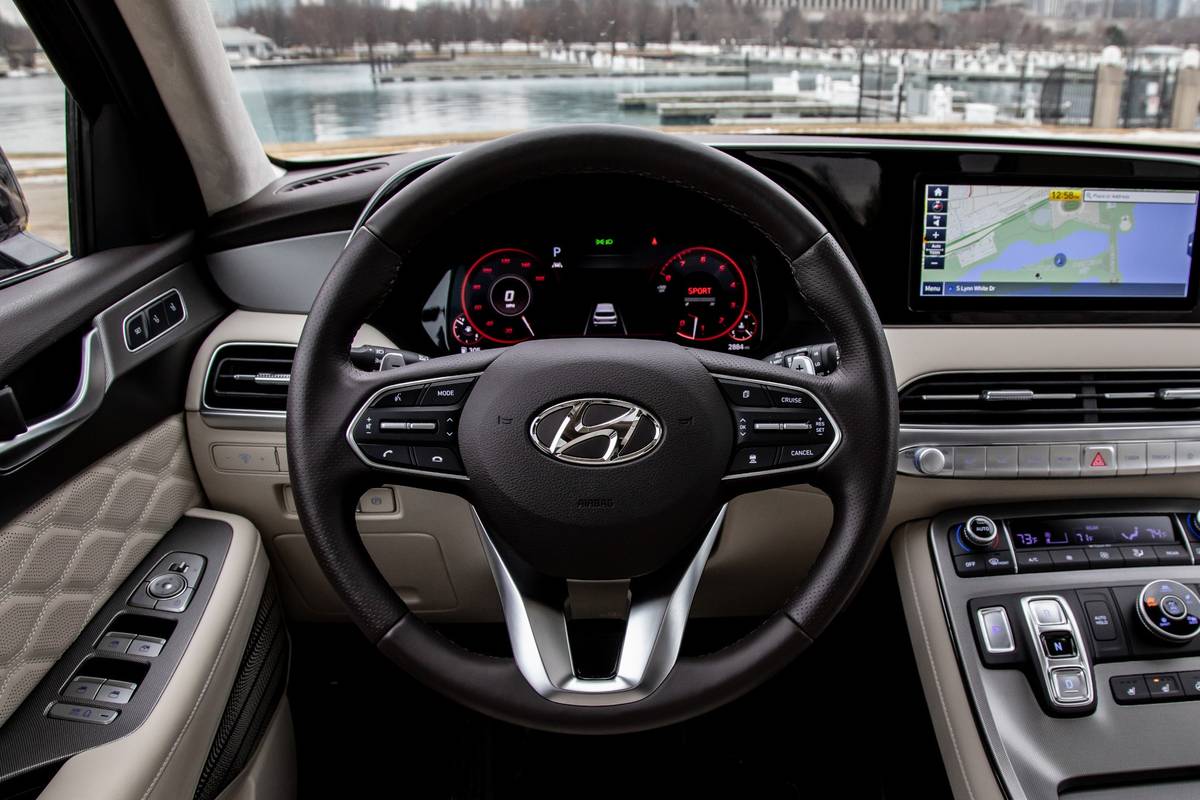



















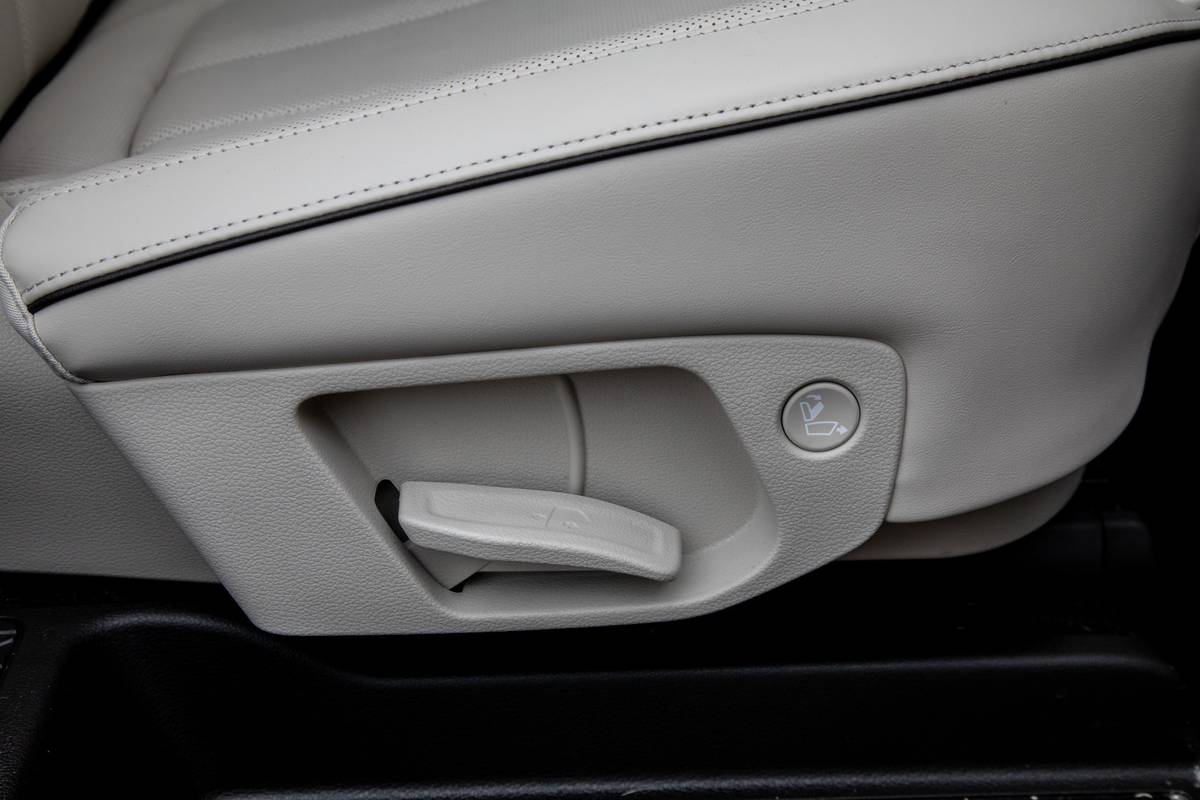

















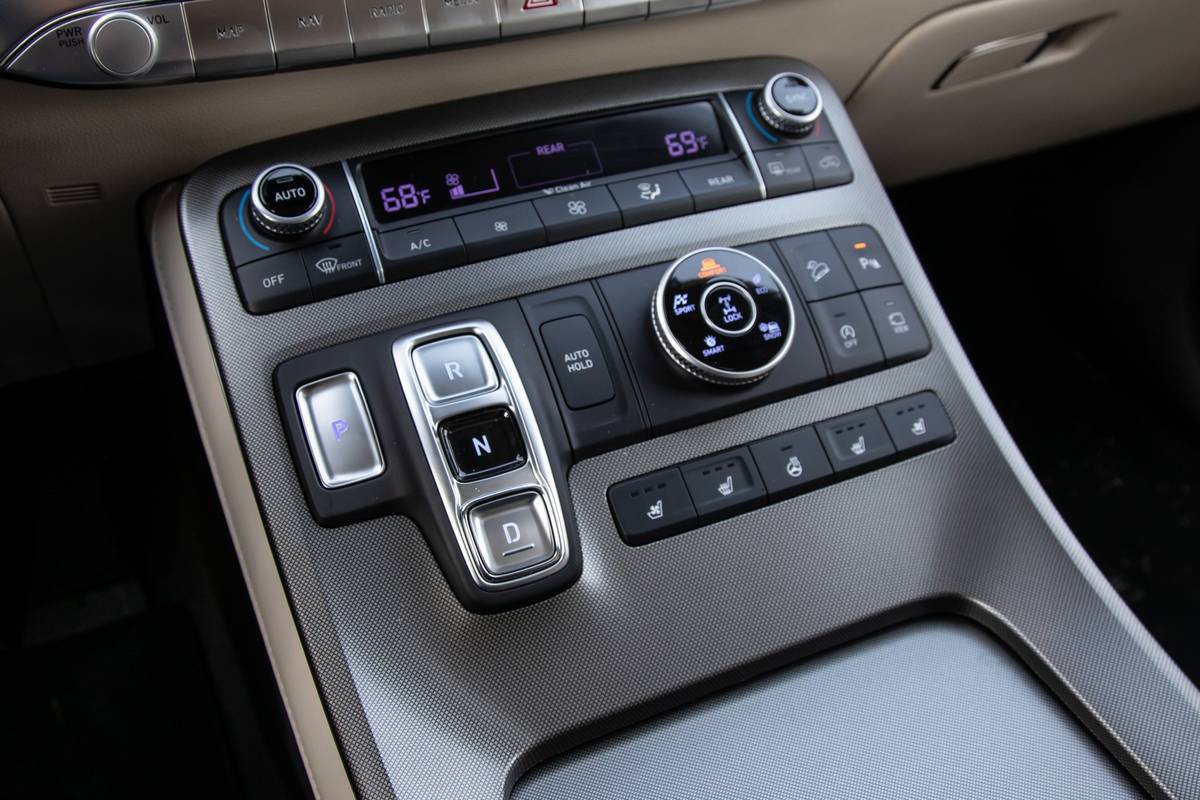

















































A day later, we returned with check in hand to trade the G70 for Cars.com’s latest long-term editorial test vehicle: a 2020 Hyundai Palisade Limited AWD with Sierra Burgundy (that is, dark red) paint, a beige interior and 9 miles on the odometer. Including $455 in accessories, its window sticker read $47,950.
How Much Did We Save?
With any purchase that involves a trade-in, calculating exact savings is tricky. A full out-the-door price on this Palisade would be about $53,000. Had we sold the G70 to CarMax, our tab for the difference would amount to around $20,000. We paid $14,900, so our negotiated savings (about $5,100) represents the equivalent of just under 10% off the full price of the Palisade. That’s an apples-to-apples comparison with past Cars.com purchases, where we’ve generally sold our outgoing vehicle to CarMax and negotiated with no trade-in on the new one.
Of course, tax savings from trading in a car account for about three-fifths of that discount. Had the dealer simply matched CarMax on the trade, we’d have owed just under $17,000 with the tax savings alone. Our negotiations got the price down only about $2,000 less than that scenario. Applied to the out-the-door price on our Palisade, that’s equivalent to a discount of less than 4%.
Those are the two sides to the same coin, and we’ll try to present future purchases in such light. (Only last year did we start trading in our old car as part of the purchase, but we expect to continue doing that for tax savings going forward.) We’ll have the Palisade for a full year, reporting on all aspects of ownership: fuel economy, maintenance, repairs and more. We’ll also compare it to any competitors that land in Cars.com’s rotating press fleet, including, no doubt, the redesigned Toyota Highlander. Stay tuned.
More From Cars.com:
- What It Was Like to Own a 2019 Genesis G70 for a Year
- What’s the Best 3-Row SUV for 2020?
- We Have a Winner: Why the 2020 Hyundai Palisade Is the Best 3-Row SUV
- 2020 Hyundai Palisade Review: A Winning Formula
- 2020 Hyundai Palisade: Everything You Need to Know
- What’s the Difference Between the 2020 Hyundai Palisade and 2020 Kia Telluride?
Cars.com’s Editorial department is your source for automotive news and reviews. In line with Cars.com’s long-standing ethics policy, editors and reviewers don’t accept gifts or free trips from automakers. The Editorial department is independent of Cars.com’s advertising, sales and sponsored content departments.

Former Assistant Managing Editor-News Kelsey Mays likes quality, reliability, safety and practicality. But he also likes a fair price.
Featured stories













